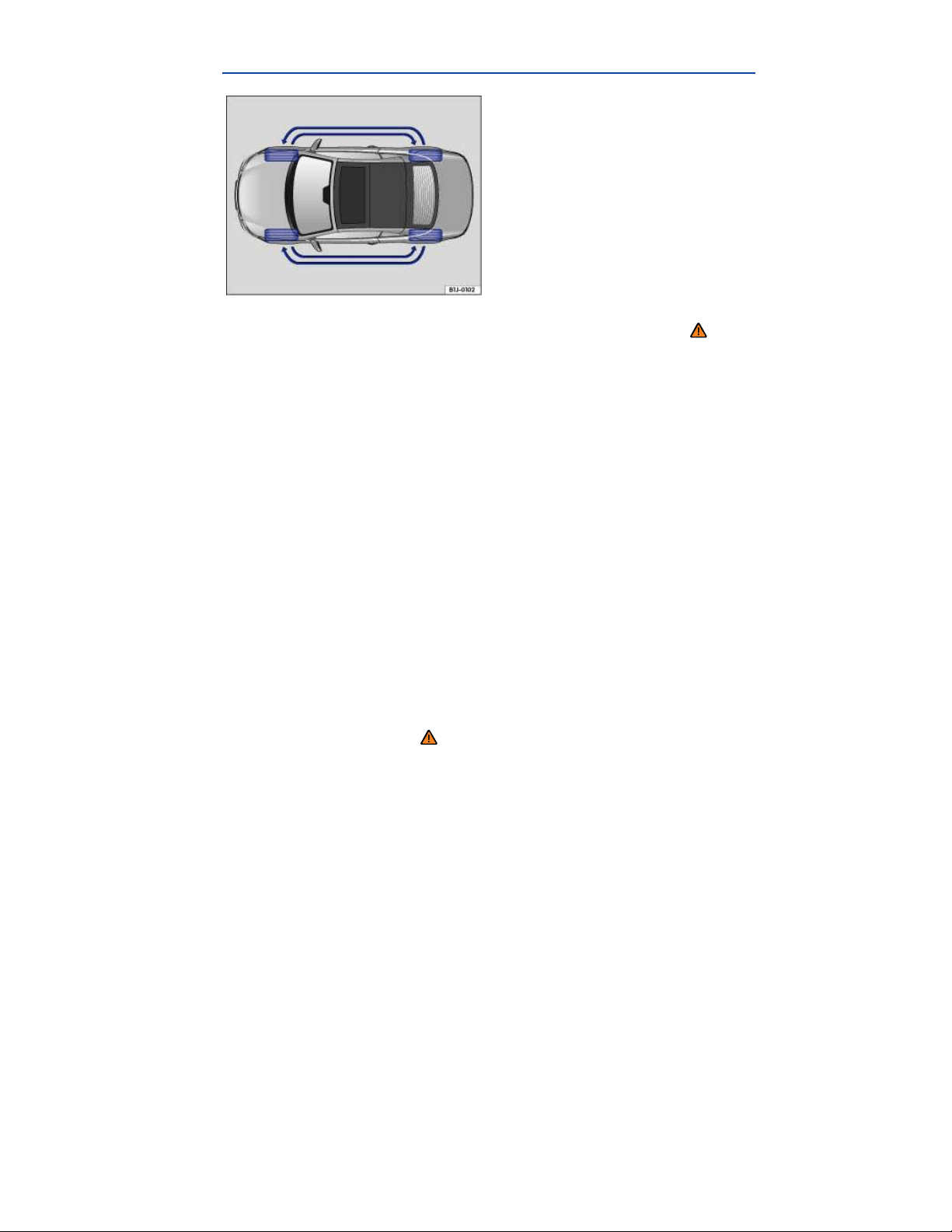Loading ...
Loading ...
Loading ...

Tire and wheel handling
Fig. 104 Tire rotation diagram.
Please first read and note the introductory information and heed the WARNINGS
Tires may be the least appreciated and most abused parts of a motor vehicle. Tires are very important,
since their small patches of rubber are the only contact between your vehicle and the road.
Maintaining correct tire pressure, making sure that your vehicle and its tires do not have to carry more
weight than they can safely handle, and regularly inspecting tires for damage (such as cuts, slashes,
irregular wear, and overall condition) are the most important things that you can do to help avoid
sudden tire failure, including tread separation and blowout.
The tires and wheels are essential parts of the vehicle's design. The tires and wheels approved by
Volkswagen are specially matched to the characteristics of the vehicle for good road holding and safe
handling when in good condition and properly inflated.
Avoiding tire damage
If you must drive over a curb or other obstacle, drive very slowly and as much as possible at a right
angle to the curb with the tire tread of both front wheels contacting the curb at the same time.
Regularly check tires for damage, such as punctures, cuts, tears and blisters.
Remove embedded material in the tread profile that has not yet penetrated the inside of the tire
⇒ Tire wear and damage.
Heed all warning messages from the Tire Pressure Monitoring System
Replace worn or damaged tires immediately ⇒ Tire wear and damage.
Damage to tires and wheels is often not readily visible. If you notice unusual vibration or the
vehicle pulls to one side, this may indicate that one of the tires is damaged. The tires must be checked
immediately for hidden damage by an authorized Volkswagen dealer or an authorized Volkswagen
Service Facility. See also ⇒ Tire wear and damage.
Never exceed the load and permissible maximum speed rating of the tires ⇒Tire labeling.
Always keep aggressive chemicals including grease, oil, gasoline and brake fluid off the tires,
including the compact spare wheel ⇒ .
Replace missing valve caps immediately.
Unidirectional tires
Unidirectional tires are designed to rotate only in one direction. Unidirectional tires have arrows on the
sidewalls that show the direction of rotation ⇒ Tire labeling. Unidirectional tires must always be
mounted according to the specified direction of rotation in order to deliver their best grip, braking
performance, low road noise, and good wear as well as good hydroplaning resistance.
Loading ...
Loading ...
Loading ...